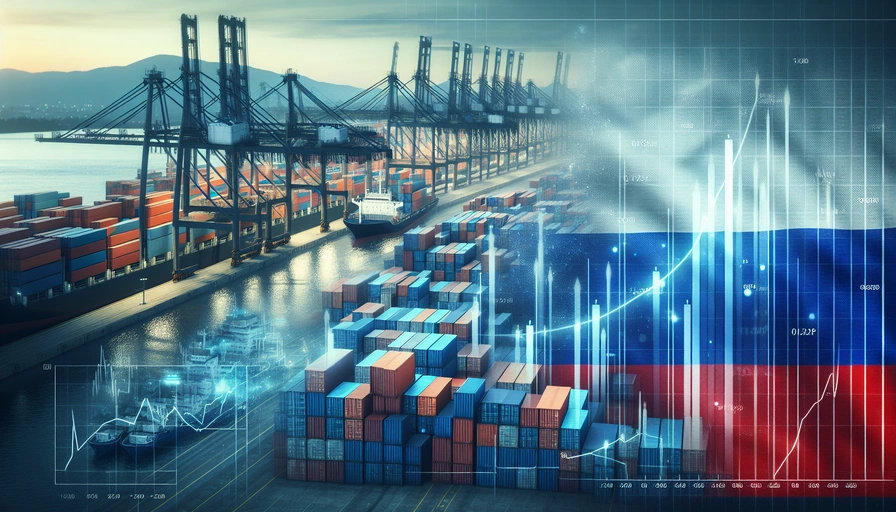In recent developments, Russia has introduced new trade tariffs, impacting various sectors of its economy. This move comes as the country navigates through a complex economic landscape influenced by both internal and external factors.
- Wheat Export Duty: Starting April 9, 2025, Russia’s wheat export duty will be set at $24.04 USD per metric ton. This adjustment is part of a broader strategy to regulate grain exports, with barley and corn export duties also being revised to $2.98 USD and $14.81 USD per metric ton, respectively. The Ministry of Agriculture will continue to set these duties weekly, reflecting changes in indicative prices.
-
Impact on Energy Sector: The Russian gas production saw a significant decline, with a year-on-year decrease of 11.3% in February 2025. This reduction is attributed to decreased demand from energy-intensive industries and warmer-than-average temperatures. Major producers like Gazprom and Rosneft reported substantial drops in their output, further complicating the economic scenario.
-
Steel Industry Challenges: The steel industry in Russia is also facing difficulties, with prices for semi-finished products falling to two-year lows. The price of steel billets and hot-rolled coils has decreased significantly, reflecting reduced demand and increased competition in export markets.
-
Coal Export Decline: Russian Railways reported a 30% shortfall in coal shipments to the West, exacerbated by low global coal prices and a strong ruble. This has led to operational inefficiencies and a significant number of idle railcars, impacting the overall economic stability.
-
Foreign Trade Relations: The geopolitical landscape continues to influence Russia’s trade dynamics. The country has seen a shift in its trade partnerships, with China becoming a major importer of Russian copper amidst escalating trade tensions with the US. Additionally, the EU sanctions targeting Russian infrastructure have further strained economic relations.
In summary, Russia’s new trade tariffs are part of a broader effort to stabilize its economy amidst various challenges. The adjustments in export duties, coupled with the impacts on the energy and steel sectors, highlight the complexities of navigating the current economic environment. As Russia continues to adapt to these changes, the long-term effects on its trade and economic stability remain to be seen.

